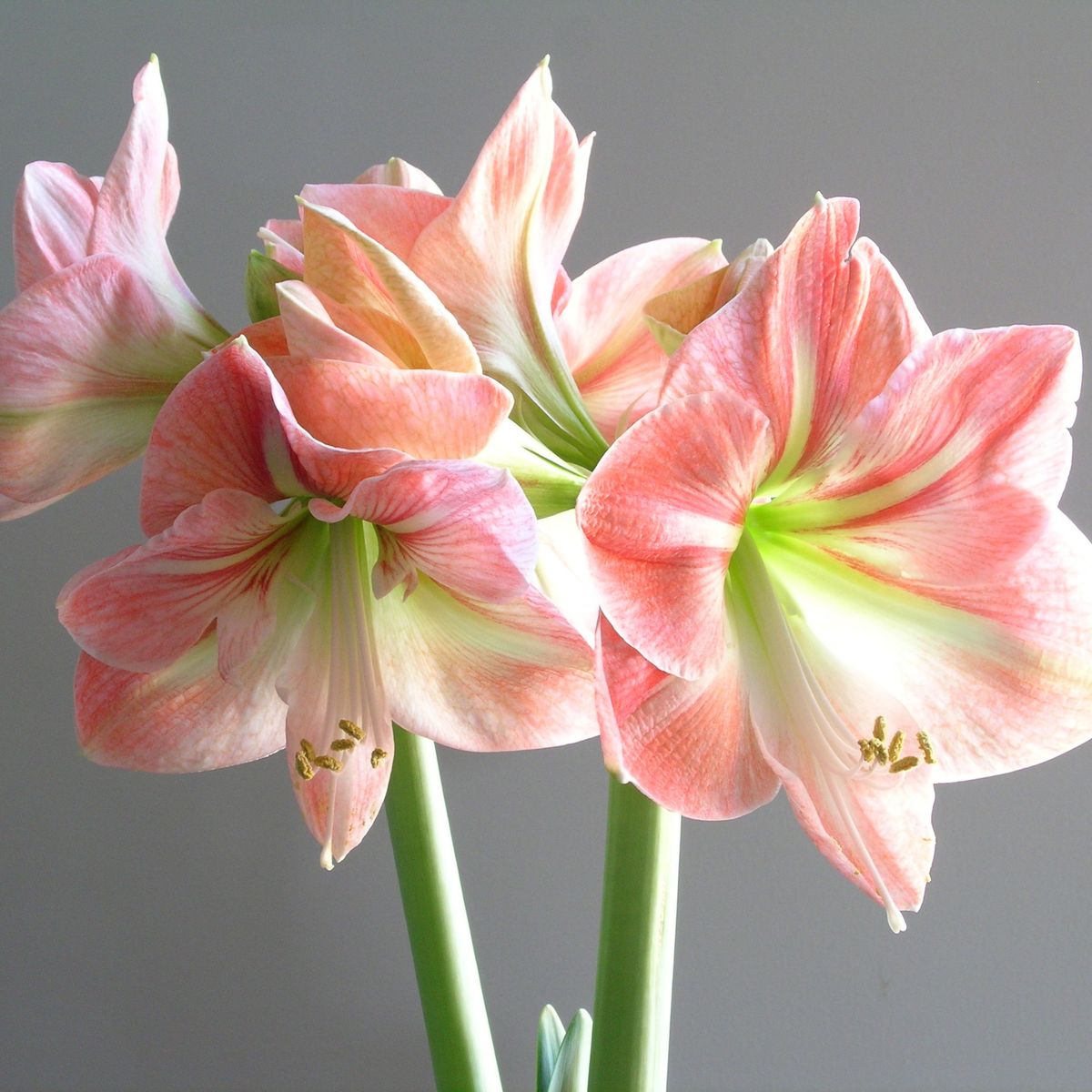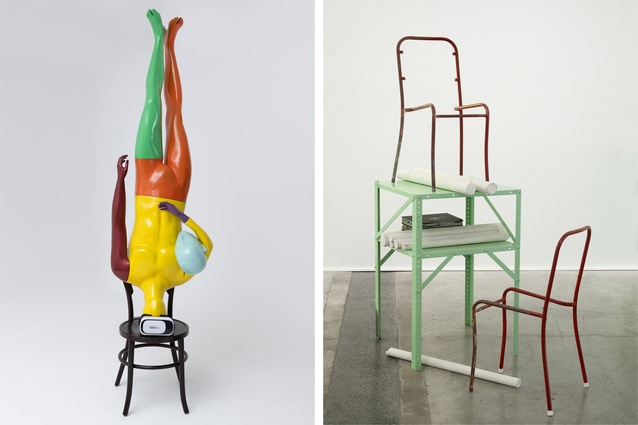As September comes along we sometimes feel a little sagging of interest an inclination to “let the garden go” since the growing season is drawing to a close. Early Fall, however, is a vital period in gardening, and it is important that we do not neglect the things which require doing before frost. September activities may assure success for the coming year.
Early September is the time to plan, purchase, and plant for next spring’s bulb garden, and it is a fine way to recover from that early autumn feeling that gardening will soon be over for the year. A sheaf of bulb catalogs, pencil and paper will inspire any true gardener.
First of all, measure the space to be devoted to fall planted bulbs and calculate the number, which will be required. Then get out the catalogs; or better yet, visit the bulb growers personally and make your selections with an eye to what sort of effect you wish to produce.
Among the daffodils there are the sturdy giant trumpets, of which Giant Killer is one of the largest; the graceful medium trumpets like the beautiful but poorly named Gertic Millar; the rush-foliaged jonquils for naturalistic plantings; the dainty, cluster-flowered species hybrids such as Agnes Harvey and Pearly Queen which, together with the deeply colored little poetaz Orange Queen, are ideal for rock plantings; the sweet-scented and striking poetaz types, of which Franz Hals is a good example, with large clusters of small, flat, frilled blossoms, yellow-cupped, and with a creamy perianth.
Add a few species tulips to your list for unusual and frail beauty and some of that old blue-and-white favorite, chionodoxas or glory-of-the-snow. These, together with hyacinths, scillas, and crocus will fill the bulb beds with color when Spring comes again.
Next month will be time enough for some bulb planting; though it is better for the daffodils to go into the ground as soon as the bulbs are delivered.
Roses also may be ordered in September for delivery and planting during the month. If you are a rank amateur, consult a reliable source on the details of planting, for it is an exact and important business. Lack of planting knowledge may cost you your new roses. Among the successful newer roses are Gloaming, an everbloomer of glowing-pink overlaid with salmon; the gold medal winner, Eclipse, a lovely clear yellow; and the crisp, brilliant little Permanent Wave with its unique curly petals.
The hardier house plants which still remain in the garden must come into the house before danger of frost, Lift the pots, prune and keep on the porch for a few days before taking inside, so that the shock of removal may be less violent.
If any plants are growing in these and borders which you desire to take in for winter use, the earlier they are potted the better. They may need severe pruning, and the pruned portions may be used for cuttings to make new plants. Root these in flats of moist sand and transplant later into pots of mixed loam, sand, and peat.
Perennial seedlings, which were planted in July or August, may need plenty of watering during September, and also the cutting bed and the compost heap.
The lawn may also need artificial watering if it is to present a green, velvety appearance in the Spring. Early September is not too late to plant grass seed where it is needed.
Late-blooming flowers such as chrysanthemums, dahlias, and asters need plenty of water, fertilization, and perhaps spraying during September to ensure fine bloom later on.
Rose bushes may be thankful for September spraying and watering if rainfall is scanty, as some of the finest blooms come during the cool, late autumn weeks.
Peonies can be transplanted best early in September. Purchase plants now. Do not divide or replant old-established peonies unless they show signs of flowering-less vigorously in their original positions.
Iris, gaillardia, hardy asters, phlox, and bleeding heart, can be transplanted successfully in September.
Pansies, English daisies, and myosotis, which were planted in August, are ready in late September for a light winter protection. Evergreen boughs laid across the bed are most effective for this purpose, though good substitutes are excelsior or salt hay held down lightly by a few pruned tree branches.
Though we cannot always count on the seed, gathered from our own garden flowers, it is worth while to gather those of fine specimen blooms for planting in Spring. In this way we may perpetuate some especially fine plants. Dry the seeds thoroughly in the sun before placing them in small manila coin envelopes. Id marking plainly with name, date, etc.
These envelopes can be filed like index cards. After the seeds are harvested, dead flower stalks may be collected and burned. This will help to prevent the spread of disease, which may have attacked the plants.
Gladiolus bulbs should be harvested, tops cut off close to bulb, and dried in flats a short time until surface moisture has disappeared. Store in a cool, dry cellar in the same flats in which they were dried.
Tuberous-rooted begonias must also come up with a clump of earth attached to the tuber before danger of hard frost. If the foliage is still alive, it is cut to prevent rotting and the tubers are stored in a cool cellar.
Evergreens demand our attention. This is a good month for pruning and cleaning. Dead wood can be easily discovered during this dormant period. Bagworms may be removed, and sulfur applied if red spider is still present. Most hardy deciduous shrubs, which bloom in Spring and early Summer, can be transplanted during this month. Watering must not be neglected especially for newly set trees and shrubs. The roots are not yet thoroughly established in their unaccustomed positions and need more than a normal amount of moisture.
By C. Grayson
![]()











